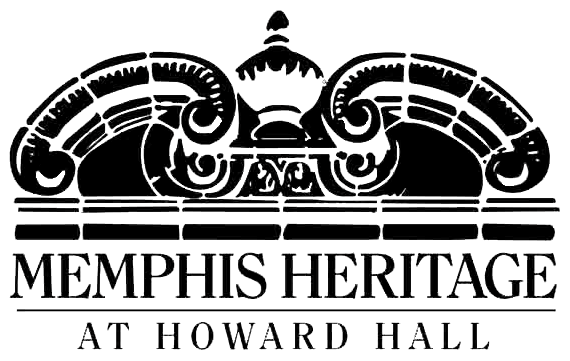The Rebirth of Memphis’ 100 N. Main (Excerpt)
By BEN SCHULMAN FOR AIA ARCHITECT
“In 1963, developer Harry Bloomfield broke ground on 100 N. Main St. in Memphis, Tenn. . . In 1955, he led the development of Memphis’ Holiday Inn Towers, utilizing slip-form concrete construction for the first time in the world. Modernism was on the march, a mark of a city’s progress, and Bloomfield was Memphis’ messenger. . .
For 100 N. Main St., one of the city’s most visible locations in the heart of its downtown, Bloomfield employed architect Robert Lee Hall and his eponymous firm, Robert Lee Hall & Associates Architects, to articulate his vision. . . Hall had designed the Mid-South Coliseum, an indoor arena that, after opening in Memphis in 1963, would soon play host to The Beatles, as well as projects such as the starkly vertical concrete-and-glass Anthony Wayne Bank Tower in Fort Wayne, Ind. . .
Memphis in the late 1950s and early 1960s was experiencing an economic boom as it maintained its status as an inland cotton and lumber exchange while accommodating a growing shift toward services. 100 N. Main was originally announced in 1962 as a 22-story development. Its ambition grew—first to 32, then to 37 stories. The skyscraper would open in 1965 as the tallest building in Memphis, as it remains to this day. The building was placed on the National Register of Historic Places in 2015. . .
“Within a 5-minute walk of [100 N. Main], there’s $438 million of property value, 700 hotel rooms, and 1,200 residents,” says Brett Roler, the DMC’s vice president of planning and development. Roler helped orchestrate the DMC’s plan for the next phase of 100 N. Main’s life. . .
In June, the DMC issued an RFP for the disposition and redevelopment of not only 100 N. Main and its 579,000 square feet of space (429,000 of which is rentable) but also nine adjacent parcels totaling over two acres. The neighboring properties include four historic, late 19th-century buildings, a surface parking lot, and a pocket dog park. Taken together, the RFP offers the opportunity to remake a significant swath of downtown Memphis. . .
Roler, with the DMC, is already thinking about how the mix of uses for 100 N. Main can mirror the sort of activity now present in Crosstown. “One of the goals is to have an 18-hour vibrancy on the site—to have mixed use where people are coming and going multiple times a day,” he says. “Maybe it’s a place to live and also a place to work. Maybe there are retail opportunities and also hospitality. But we need to bring in different types of people to the site as often as possible to create the street-level vibrancy that the site can really help us build.” . . .
“Large skyscrapers get a bad rap,” says Leah Fox-Greenberg, the chief executive officer of Memphis Heritage, a preservation advocacy organization. “For Memphis, this was our show of being a formidable city. It is a formidable building because it showed our strength on a pattern of growth. You just weren’t a city until you had a 100 Main.” “

